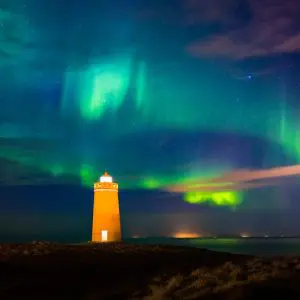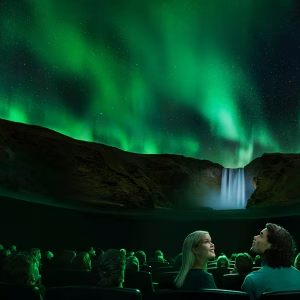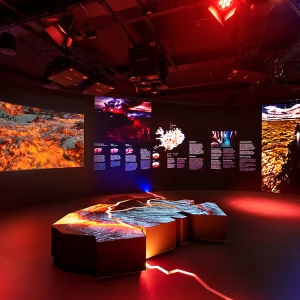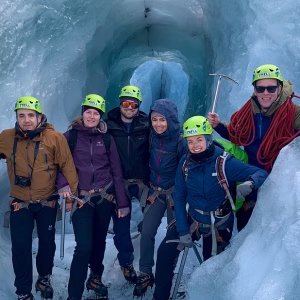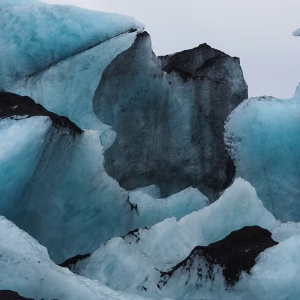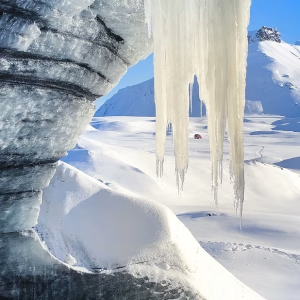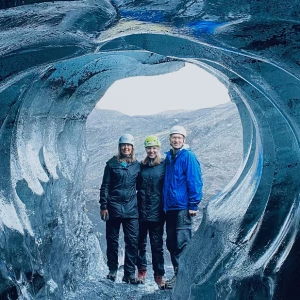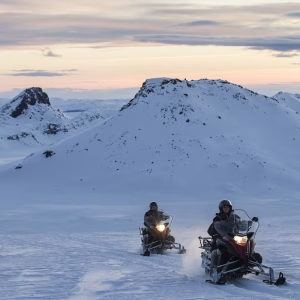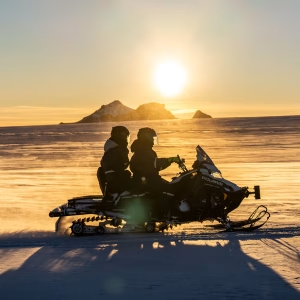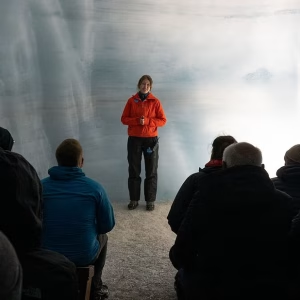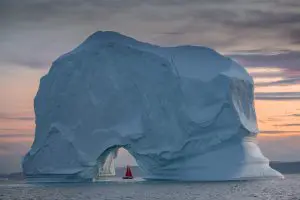Glacier Trips in Iceland
Check the Best Glacier Tours in Iceland
Explore Unforgettable Glacier Trips in Iceland
 Glaciers have always been a powerful symbol of our country’s wild beauty. They are not just frozen landscapes, but living, moving giants that shape our valleys, feed our rivers, and hold stories of thousands of years within their ice.
Glaciers have always been a powerful symbol of our country’s wild beauty. They are not just frozen landscapes, but living, moving giants that shape our valleys, feed our rivers, and hold stories of thousands of years within their ice.
Glacier trips are possible year-round, with different experiences depending on the season. In winter, the glaciers are at their most pristine, with crisp snow and the chance to combine your trip with an ice cave visit. In summer, you can hike across the shimmering ice under the midnight sun, enjoying clear views of the mountains and volcanic landscapes. Popular starting points for glacier tours include the south coast near Skaftafell, Sólheimajökull, and the mighty Vatnajökull, Europe’s largest glacier. Each location has its own charm and varying levels of difficulty, so both beginners and experienced hikers can enjoy the experience.
A guided glacier tour in Iceland often begins with strapping on crampons and learning to use an ice axe. Skilled local guides lead you safely through the crevasses and ridges, sharing knowledge about glacial formation, regional geology, and the effects of climate change.
Glacier trips are also incredibly photogenic. The contrasts between white snow, deep blue ice, and black volcanic ash create dramatic scenes you will not find anywhere else. Standing in the middle of such vast, ancient ice is unforgettable even without a camera.
From Our Backyard: Insider Tips, Culture & Adventure
How We Will Create Your Lifetime Journey: Best Self-Drive Tours in Iceland and the Faroe Islands
Why Coolcations Are the Future of Travel: Iceland, the Faroe Islands, and Greenland Should Top Your List!
A Local’s Guide to Car Insurance in Iceland: What Every Traveler Should Know
Driving Iceland’s Ring Road: Everything You Need to Know Before You Go
Most Common Questions About Glacier Trips in Iceland
What is the best time of year for glacier tours in Iceland?
The best time for glacier tours in Iceland depends on the activity. Glacier hikes and ice climbing are available year-round, while ice cave tours are typically best between November and March when the temperatures are cold enough to keep the caves stable and safe.
Which glacier is best for tours in Iceland?
Vatnajökull, Europe’s largest glacier, offers some of the most diverse glacier tours, including ice cave explorations and glacier hikes. Langjökull is popular for snowmobile tours and ice tunnels, while Mýrdalsjökull, near Vík, is ideal for shorter hikes and day tours.
Are glacier tours in Iceland safe?
Yes, glacier tours in Iceland are safe when guided by certified professionals. Local guides use specialized equipment and are trained in glacier safety, navigation, and rescue techniques. Never attempt to walk on a glacier without a guide.
What should I wear on a glacier tour in Iceland?
Wear warm, layered clothing, waterproof outerwear, thermal base layers, gloves, a hat, and sturdy hiking boots. Most tour operators provide crampons, helmets, and ice axes when needed.
How physically demanding are glacier hikes in Iceland?
Most glacier hikes are rated as easy to moderate and are suitable for anyone with a basic level of fitness. Some more advanced tours involve steeper climbs or ice climbing, which may require prior experience or good physical condition.
Can children join glacier tours in Iceland?
Yes, many family-friendly glacier tours welcome children, typically starting from age 8 or 10, depending on the level of difficulty. Always check the age requirements and tour difficulty before booking.
How long do glacier tours typically last?
Glacier tours can range from 2-hour walks to full-day adventures. Ice cave tours typically last 3 to 4 hours, while combined activities (e.g., glacier hikes and ice climbing) can take up to 6 to 8 hours, including travel time from base locations.
Where do glacier tours in Iceland start?
Popular departure points include Skaftafell, Vík, and Jökulsárlón in Southern Iceland, as well as Húsafell for glacier tours of Langjökull. Some operators offer pickup from Reykjavík, but many require travelers to meet on-site.
What are Iceland's ice caves, and how are they formed?
Iceland’s ice caves form naturally under glaciers as meltwater carves tunnels and chambers through the ice. These formations constantly shift and change, with crystal-clear blue ice created by centuries of pressure and freezing conditions.
Are glacier tours available from Reykjavík?
Yes, several tour companies offer day trips from Reykjavík to glaciers like Langjökull or Mýrdalsjökull, often combining glacier hiking with other attractions on the South Coast or Golden Circle.
What's the difference between glacier hiking and ice climbing?
Glacier hiking involves walking across the glacier with crampons and exploring crevasses and ice ridges. Ice climbing is a more technical activity that involves using axes and ropes to ascend vertical ice walls or frozen formations.
Can I visit a glacier in Iceland without a tour?
You can’t visit a glacier in Iceland without a professional guide. Glaciers are dynamic and hazardous, with hidden crevasses, unstable ice, and unpredictable weather conditions. Always join an organized, guided tour.
What's the most popular glacier tour in Iceland?
One of the most sought-after glacier experiences is the ice cave tour in Vatnajökull National Park. The brilliant blue ice caves draw travelers from around the world and are only accessible with expert guides during winter months.
Do I need travel insurance for glacier tours in Iceland?
While not mandatory, travel insurance is highly recommended, especially for outdoor activities like glacier tours. It can cover unexpected cancellations, weather-related disruptions, or medical emergencies in remote areas.

